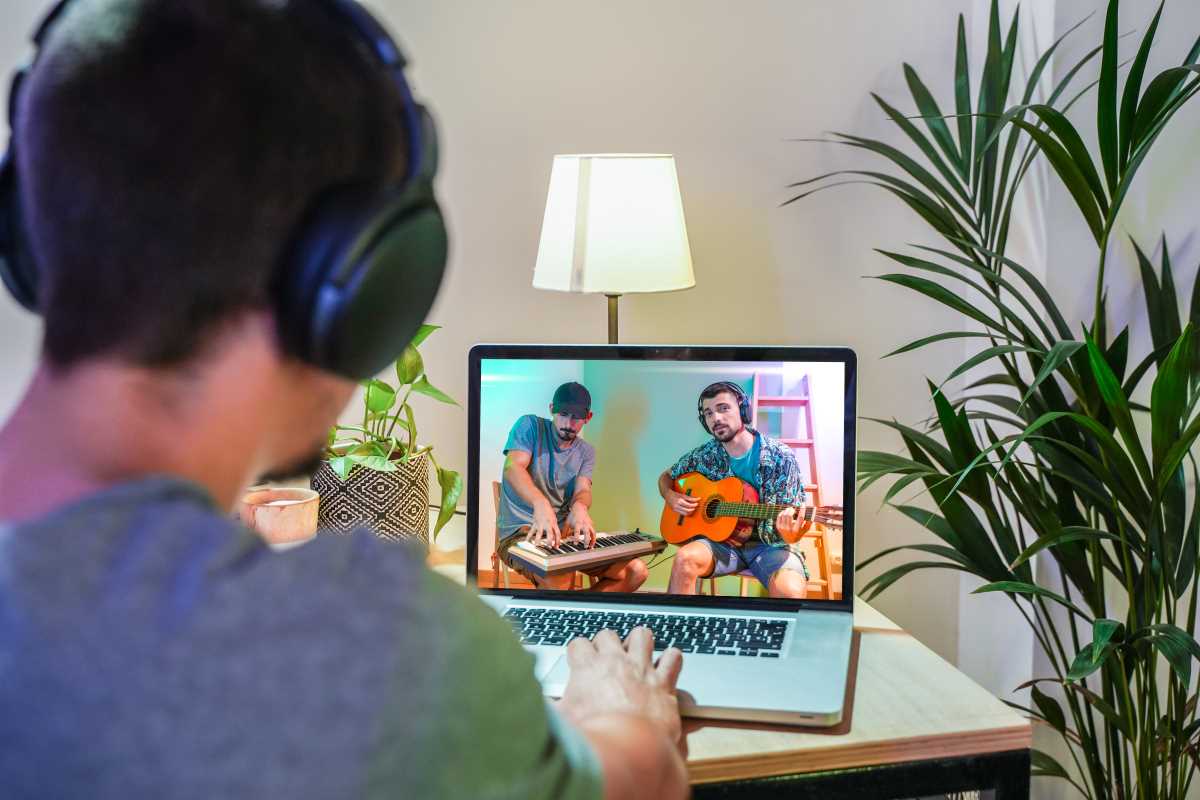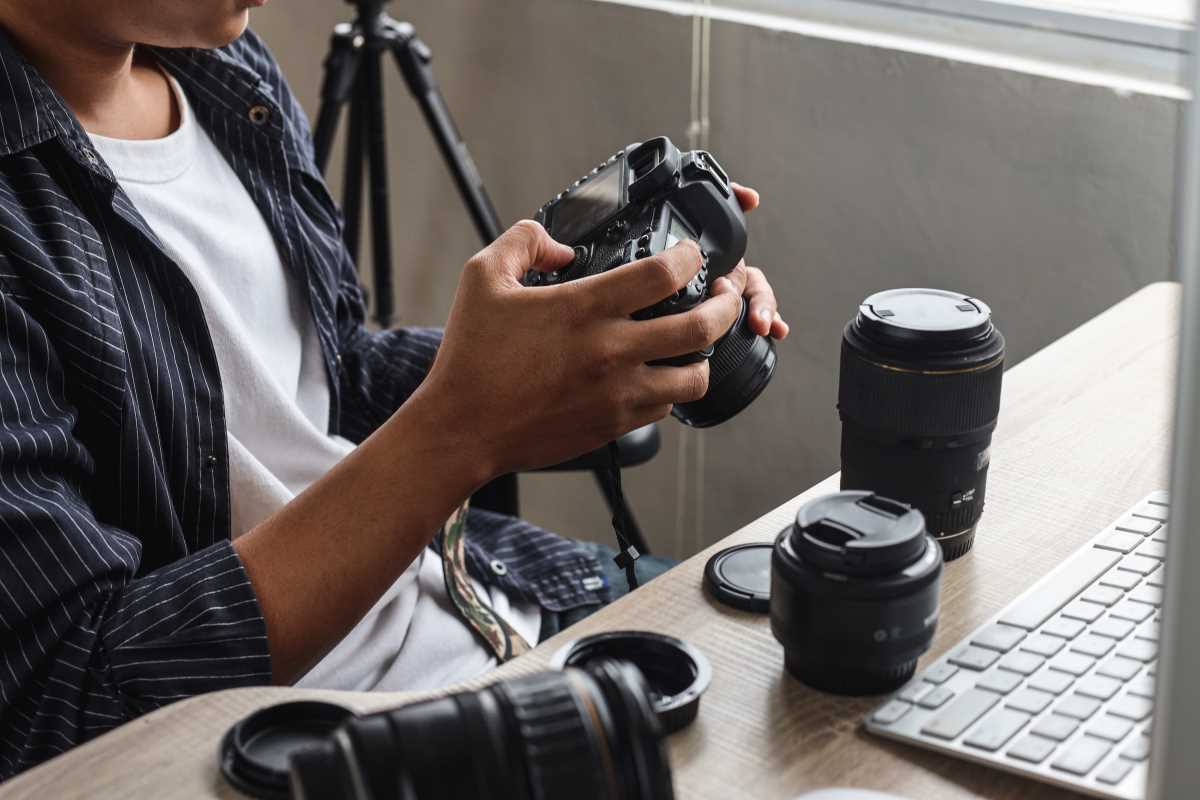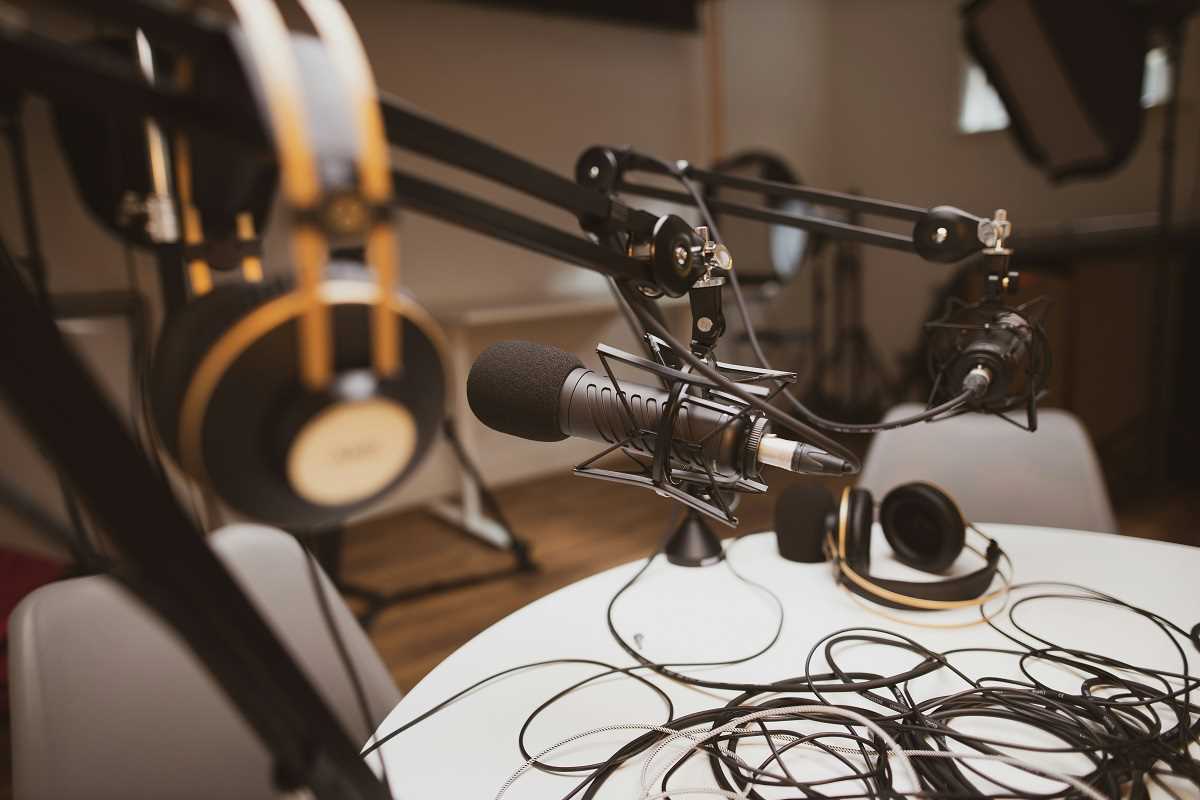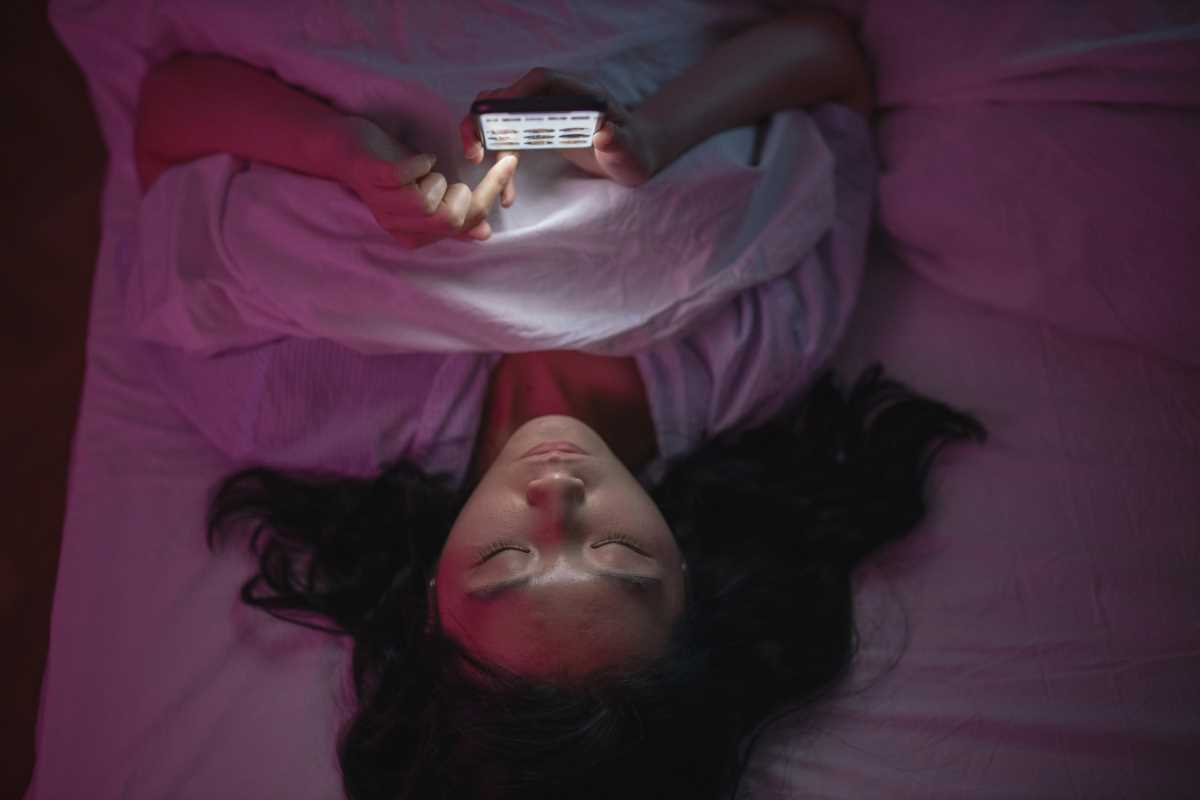Creating music for small-scale games lets you shape unique atmospheres, using your melodies to build emotion and guide players through each moment. You can find new ways to develop catchy themes and learn practical methods that work well, even when time or resources run short. This guide highlights useful tips and shares real-world advice that goes beyond what basic tutorials provide. With each section, you’ll find ideas to inspire your creativity, along with clear steps to help you bring your musical visions to life and make your game’s sound truly stand out.
Creating Unique Sounds for Your Game
Instead of recycling familiar tropes, think about textures and timbres that mirror your game’s narrative. A hand-drawn adventure could pair lively plucked strings with subtle environmental drones, while a minimalist puzzle title might embrace sparse piano motifs accented by gentle percussion.
Try experimenting with unexpected instrument combinations to reveal compelling contrasts. For instance, layering a soft xylophone arpeggio beneath a distant horn can evoke both playfulness and grandeur. These nuanced pairings help your score stand out without requiring large orchestras or hefty sample libraries.
Managing Scope and Resources
Limited budgets and tight deadlines often challenge small projects. Focus on core themes instead of sprawling soundscapes. Create a main melody that loops well, then develop variations to keep repetition fresh and prevent listener fatigue during longer play sessions.
Use freely available or affordable sound libraries that maintain quality. Some creators find that a single versatile library combined with recordings from everyday objects gives a unique palette. Recording a wooden spoon tapping on glass can become a memorable percussive element with minimal gear.
Practical Steps for Dynamic Music
- Motif Development
- Purpose: Establish a central musical idea that creates thematic unity.
- Steps:
- Sketch a two-measure melody on piano.
- Transpose it to a different instrument like a synthesized pad.
- Adjust the rhythm to fit both calm and action settings.
- Cost/Availability: Free with most DAWs using built-in piano plugins.
- Insider Tip: Reverse or augment your motif to create new variations without redesigning it from scratch.
- Layered Loops
- Purpose: Keep transitions between game states smooth and immersive.
- Steps:
- Create a base drum and bass loop.
- Add an optional melody that can be muted dynamically.
- Build an energetic variation using bright percussion and string accents.
- Cost/Availability: Affordable percussion sample packs are widely available.
- Insider Tip: Use loop lengths in multiples of four bars to ensure perfect looping.
- Ambient Textures
- Purpose: Enhance atmosphere with subtle evolving sounds.
- Steps:
- Select a pad preset in your DAW.
- Automate the filter cutoff to gradually open over time.
- Introduce occasional soft noise sweeps to add texture.
- Cost/Availability: Included with many DAWs by default.
- Insider Tip: Layer in real-world room tone at low volume for a more organic sound.
- Adaptive Stem Mixing
- Purpose: Allow the game engine to dynamically change the music by mixing layers.
- Steps:
- Export melody, harmony, and rhythm as separate stems.
- Label each stem clearly for engine use.
- Set up logic to fade layers in and out based on player actions.
- Cost/Availability: Compatible with most middleware like FMOD or Wwise.
- Insider Tip: Test stems at different tempos to maintain musical cohesion when switching layers.
- Handheld Recording
- Purpose: Add unique sound effects using real-world audio.
- Steps:
- Record natural sounds (e.g. tapping, scraping) with your phone or recorder.
- Import into your DAW and clean up using EQ and compression.
- Edit and trim peaks for rhythmic use.
- Cost/Availability: Free if using a phone; minimal setup required.
- Insider Tip: Record in small rooms with curtains or carpets to minimize echo.
Building Your Sonic Palette
Select instrument categories that match your game’s visual style. For a cozy village simulation, acoustic guitar, wooden flutes, and soft bells can evoke warmth. A futuristic maze game might rely on pulsing synths, granular textures, and metallic percussion instead.
Pick a limited set of sounds—perhaps four to six—that you will use throughout your project. This constraint sharpens your creativity, pushing you to find new ways to reconfigure familiar elements. Assign each important character a unique instrument timbre to reinforce story cues without overcomplicating the arrangement.
Adding Music to Your Game Engine
Embedding your music seamlessly often requires basic scripting. Many hobbyist engines let you trigger audio events through simple code or visual nodes. Set your main theme to loop at scene start, then add an action cue when key events happen.
Test transitions carefully. What sounds smooth in a DAW may cut off awkwardly in game. Preview scenes on different hardware if possible, ensuring your music maintains consistent volume and quality. Adjust attack and release settings in your middleware to avoid clicks or abrupt endings.
Including a game projects link here helps provide context for instrument choices and highlights specialized folk sounds that can inspire new creative directions.
Seeking Extra Inspiration
Find inspiration by exploring indie game soundtracks that align with your style, noting how they use repetition and pacing. Mix genres to learn from different audio techniques, and keep a go-to playlist to jumpstart creativity before composing. With steady experimentation, your music will bring depth and personality to every digital world.
 (Image via
(Image via





